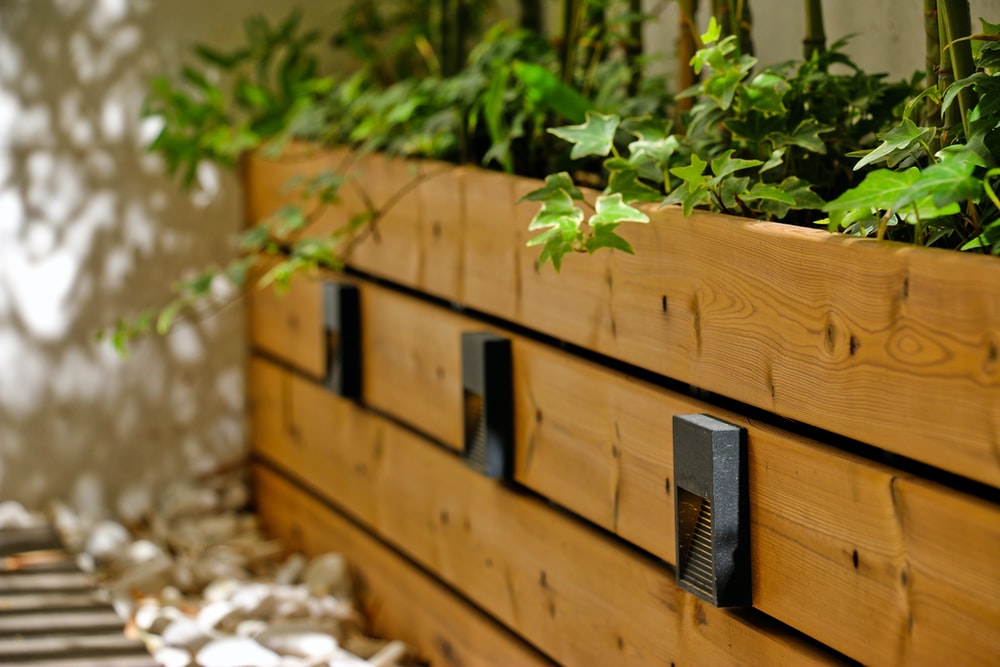When you have a small garden, it is hard to think of it as a valuable space at all. It is more than likely just an add on at the back and something that you mostly ignore. However, your small garden can still become an extra room within your home that can be enjoyed on summer evenings with the right design.
Designing a small garden space starts with some fundamental pillars, including choosing landscaping, furniture, patterns and colours, light, privacy, and plants. Let us go through these pillars and offer some of the best ideas for making the most of the small garden.
Landscaping
The most critical step in your design is understanding how you will organise the space. The best garden designs use zones for different activities. Even in a small garden, you need to think about the place you will sit, the place for your flower beds, and more. You then need to think about the flooring and textures, which will seek to split up space without the need for barriers. For instance, you could have some grass, some gravel and maybe bark. You could use these as pathways or markers for the zones; either way, you give a sense of structure to the garden.
Furniture
You might not think you have room for furniture, as it sounds grand – as if you are going to get a rattan couch or something. In a small garden, you still need somewhere to sit that will allow you to enjoy the space. Obviously, something vast and clunky that dominates is going to be out of place. Yet a simple garden bench or a cute couple of chairs and a table can make or break your love for your garden.
If it is so small that the idea of furniture is challenging, try using fold away chairs instead. It would help if you planned for the way that you can use and enjoy the garden while relaxing.
Patterns and colours
There is a general misconception that you need to work in block colours in a small garden to avoid a feeling of it being cluttered. However, introducing some geometric patterns to your garden can help the eye travel around the landscape, creating a point of interest. The tip is to avoid curves, which waste space in a small garden.
When introducing colours, make them light – such as duck egg blue, which will create a sense of spaciousness. Bright, darker colours will make it feel like the walls are closing in on you, so light and bright is best.
Light
Light has a massive impact on the perception of space in your garden. The more shade you create, the smaller your garden will feel. Therefore, any overgrowing hedges and trees will block the natural sunlight and make the area feel smaller and more oppressive than ever. Therefore, you need to cut these trees and bushes back.
You can increase the sense of the space by adding light. First, you can put up garden lighting that sends some glow into the shadier spots. Second, and a less obvious solution, you can put mirrors up outside in shaded spots to reflect light out into the space.
Privacy
While telling you to cut back on hedges and trees is a sound piece of advice, it will compromise the privacy you enjoy in your garden. Most smaller gardens are in built-up urban areas, and it is likely your space will be overlooked.
You first need to consider the placing of your seating. It might be that you put it in an area that is shaded from view. Alternatively, you can put up a trellis and train a climbing plant to act as a natural barrier that allows in some light.
Plants
Finally, the most critical component of the best gardens is your planting. While there are other considerations when choosing plants, such as taste and gardening ability, it is also important to consider the height and spread of plants.
If you love the idea of fruit trees (and their spring blossom) in your small garden, you can buy espalier trees, which have been trained to grow as a single stem horizontally against a wall. Equally, buying scented climbing plants such as honeysuckle are great for growing up walls, with only a slight hang into the garden. Finally, a host of flowers, such as alpines, enjoy small spaces and do not extend beyond a small footprint. When buying the plants, look at the label for the dimensions of the ground it will take when fully grown. Any single plant that dominates will make your garden feel smaller.
For more ideas, check out this article on gardening in a small space!
